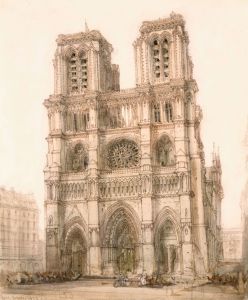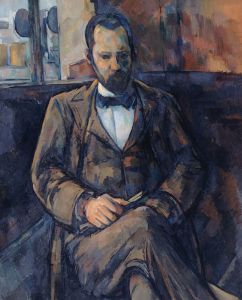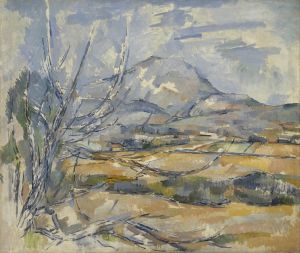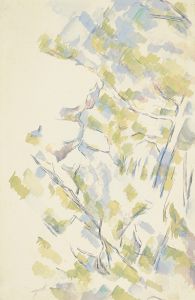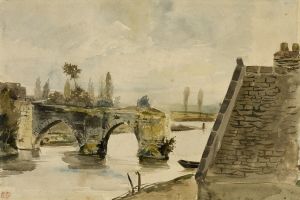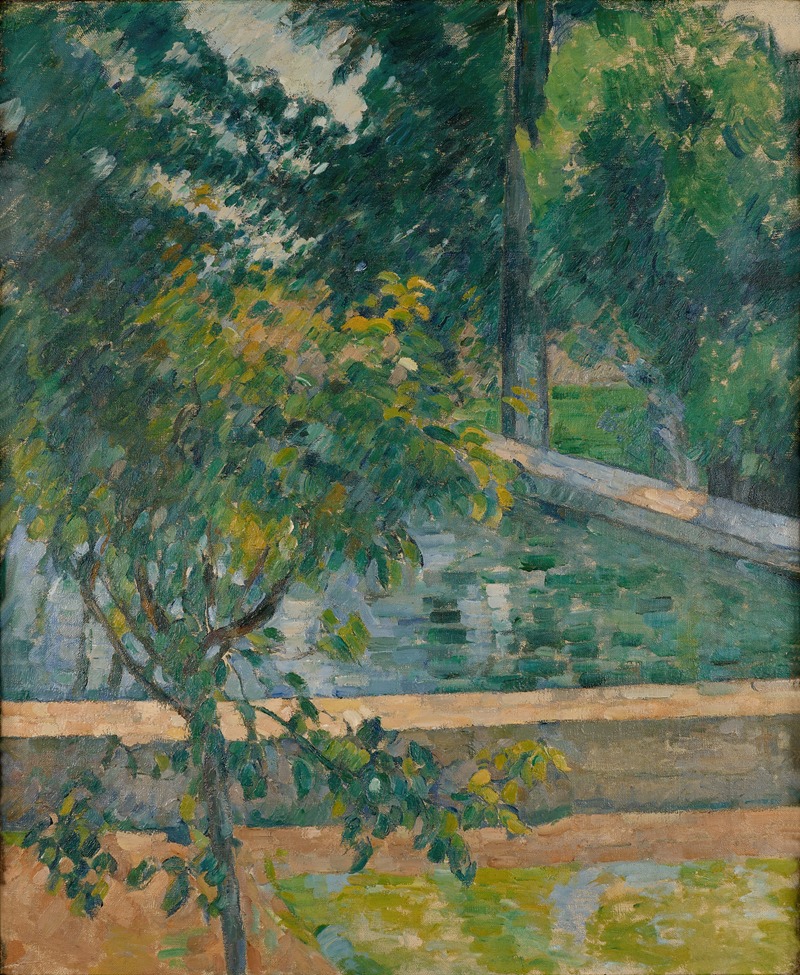
Le bassin du Jas de Bouffan
A hand-painted replica of Paul Cézanne’s masterpiece Le bassin du Jas de Bouffan, meticulously crafted by professional artists to capture the true essence of the original. Each piece is created with museum-quality canvas and rare mineral pigments, carefully painted by experienced artists with delicate brushstrokes and rich, layered colors to perfectly recreate the texture of the original artwork. Unlike machine-printed reproductions, this hand-painted version brings the painting to life, infused with the artist’s emotions and skill in every stroke. Whether for personal collection or home decoration, it instantly elevates the artistic atmosphere of any space.
Paul Cézanne's "Le bassin du Jas de Bouffan" is a notable work by the French Post-Impressionist painter, created during a period when he was deeply engaged with the landscape and environment of his family estate. The painting is part of Cézanne's exploration of form and color, which would later influence the development of modern art, particularly Cubism.
The Jas de Bouffan was the Cézanne family estate located in Aix-en-Provence, in the south of France. Cézanne's father purchased the property in 1859, and it became a significant source of inspiration for the artist. The estate featured a large house, gardens, and a reflecting pool, which Cézanne depicted in several of his works. "Le bassin du Jas de Bouffan" captures the essence of this environment, showcasing Cézanne's evolving style and his interest in capturing the natural world.
In this painting, Cézanne employs his characteristic brushwork and a palette that reflects the natural tones of the landscape. The composition is structured around the reflecting pool, which serves as a central element, drawing the viewer's eye into the scene. The trees and foliage surrounding the pool are rendered with a sense of solidity and volume, achieved through Cézanne's use of color modulation and brushstrokes that suggest form rather than detail.
Cézanne's approach to painting was methodical and deliberate. He often worked slowly, building up layers of paint to achieve the desired effect. This technique is evident in "Le bassin du Jas de Bouffan," where the interplay of light and shadow is carefully constructed to convey the atmosphere of the estate. The painting reflects Cézanne's interest in the underlying structure of the natural world, a theme that he explored throughout his career.
The significance of "Le bassin du Jas de Bouffan" lies not only in its aesthetic qualities but also in its role within Cézanne's body of work. The painting exemplifies his transition from the Impressionist style, with its emphasis on capturing fleeting moments, to a more structured approach that laid the groundwork for modern art movements. Cézanne's focus on geometric forms and the simplification of natural elements can be seen as a precursor to Cubism, influencing artists such as Pablo Picasso and Georges Braque.
Cézanne's work at the Jas de Bouffan estate was extensive, and he produced numerous paintings and sketches of the property and its surroundings. These works are considered pivotal in his artistic development and are celebrated for their innovative approach to composition and color. "Le bassin du Jas de Bouffan" is a testament to Cézanne's ability to transform a familiar landscape into a study of form and perception, challenging traditional notions of representation in art.
Today, Paul Cézanne is recognized as a pivotal figure in the transition from 19th-century artistic concepts to the radical innovations of the 20th century. His work, including "Le bassin du Jas de Bouffan," continues to be studied and admired for its contribution to the evolution of modern art. The painting remains an important piece within Cézanne's oeuvre, illustrating his unique vision and enduring influence on the art world.







